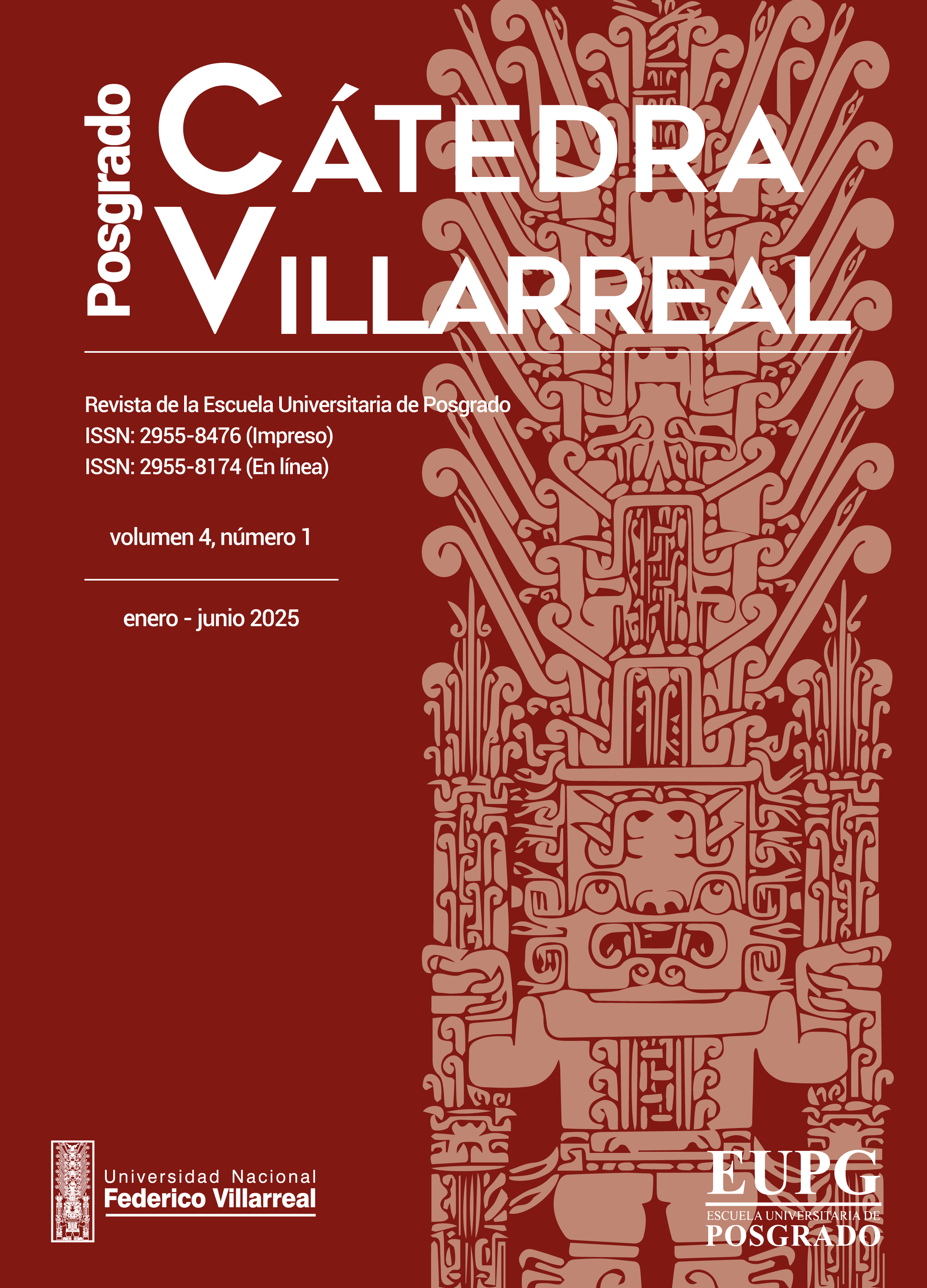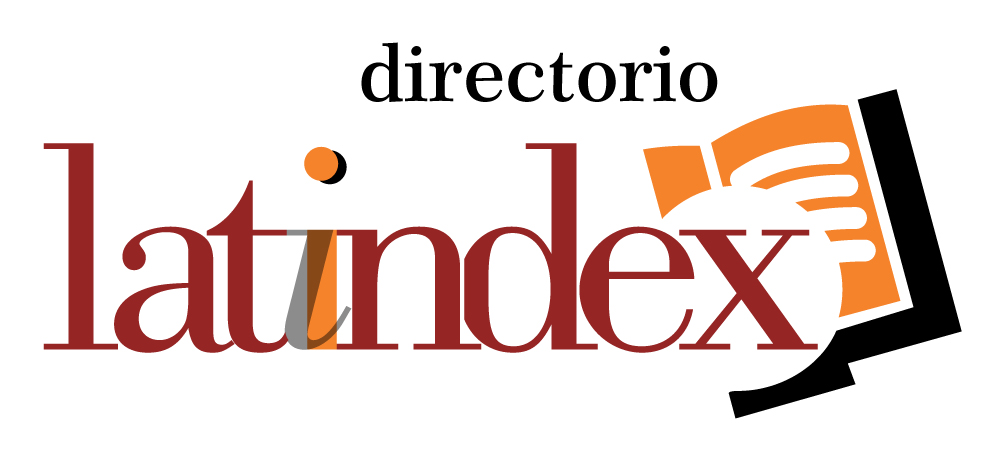Principles of the duty to contribute and polluter pays to create environmental taxes
DOI:
https://doi.org/10.62428/rcvp2025411990Keywords:
Principles, duty, contributive, polluter, taxing powerAbstract
The objective was to determine the foundations of the principles of the duty to contribute and the polluter pays principle that enable the creation of environmental taxes, Peru 2025. A documentary analysis was conducted on the environmental tax laws of Colombia, Chile, Ecuador, Spain, and Italy; and interviews were conducted with a sample of experts in tax law. The results revealed the environmental tax laws in these countries, highlighting their material aspects, related to the tax burden on carbon use, motor vehicles for land transport, emission of toxic gases, and non-reusable plastic containers; their subjective aspects, referring to the taxpayers; their temporal aspects, concerning the time of tax declaration and payment; and the spatial aspects, related to the territorial scope in which the created taxes apply. These aspects reflect the similarity of creating a tax burden on individuals or entities that engage in environmentally harmful activities, with each differing in the object being taxed. In the interviews with experts, the urgent need for the creation of environmental taxes in Peru was expressed, and it was also pointed out that such taxes should have the characteristic of being extra-fiscal instruments. The legal foundations of the principles related to the duty to contribute and the polluter pays principle were identified for the creation of legal regulations on the subject. Likewise, it was observed that several countries, both in South America and Europe, already have homogeneous environmental tax legislation that taxes polluting economic activities.
Downloads
Published
How to Cite
Issue
Section
License
Copyright (c) 2025 Víctor Andrés Fernández Muro

This work is licensed under a Creative Commons Attribution-NonCommercial-ShareAlike 4.0 International License.
Eres libre de
- Compartir : copiar y redistribuir el material en cualquier medio o formato.
- Adaptar : remezclar, transformar y construir sobre el material.
El licenciante no puede revocar estas libertades siempre que cumpla con los términos de la licencia.
Bajo los siguientes términos:
- Atribución : debe dar el crédito apropiado , proporcionar un enlace a la licencia e indicar si se realizaron cambios . Puede hacerlo de cualquier manera razonable, pero no de ninguna manera que sugiera que el licenciante lo respalda a usted o su uso.
- No comercial : no puede utilizar el material con fines comerciales .
- CompartirIgual : si remezclas, transformas o construyes a partir del material, debes distribuir tus contribuciones bajo la misma licencia que el original.
- Sin restricciones adicionales : no puede aplicar términos legales ni medidas tecnológicas que restrinjan legalmente a otros hacer cualquier cosa que la licencia permita.
Avisos:
- No tiene que cumplir con la licencia para elementos del material que sean de dominio público o donde su uso esté permitido por una excepción o limitación aplicable.
- No se dan garantías. Es posible que la licencia no le otorgue todos los permisos necesarios para el uso previsto. Por ejemplo, otros derechos como publicidad, privacidad o derechos morales pueden limitar la forma en que utiliza el material.












